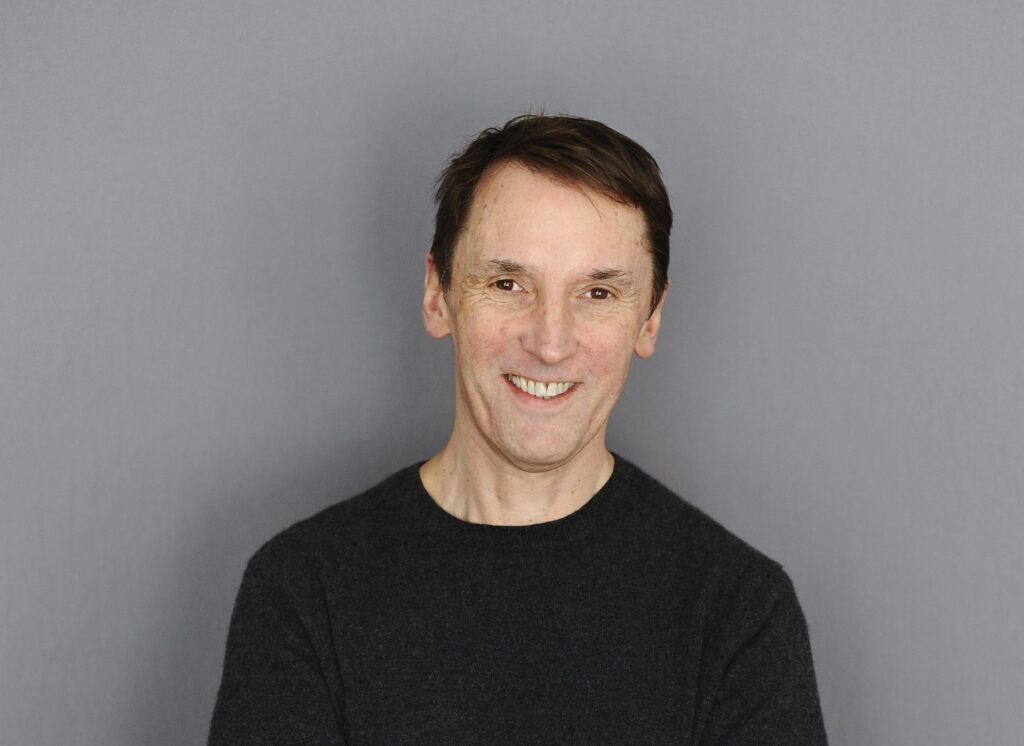Completing projects can be hard, particularly when you’ve worked for a long time on a piece of work, a book or a script or a visual work. Letting the project go, saying goodbye to it, can feel strangely painful. Or scary. How will it be received? What on earth are you going to do now?
These fears and painful feelings associated with completion, can lead to not completing, to carrying on tinkering with something, until it’s long past its sell-by date. What that means is that projects may never get done. Something that felt so thrilling at first, when it was mostly in your head, ends up in the bin. At the first hurdle or the second or third, everything begins to unravel and fall apart. The project dissolves. You stop. You feel defeated. All that initial rush of excitement ends up as nothing tangible at all.
This is an issue which afflicts artists all the time and it doesn’t make for happiness or fulfilment. Without carrying things through to the end, you never get the payoff. No one sees your work. Sure, you won’t be judged negatively, but you won’t get approval either. You won’t move forward and you have nothing to build on. This piece of work, flawed as it might have been, can’t lead on to something better. Neither will you get the learning which completion brings, for it’s only when you get to the end of a project that you can really assess its worth, or see what it needs to be really good. To do that, you need to see it whole.
Sometimes what’s needed is to learn persistence. Not to drop an idea when you come to obstacles – as you inevitably will. Sometimes what’s needed is to develop faith in yourself and your ideas. Ideas are such flimsy things. They turn up as just an image or a word or one shadowy corner of a project. It’s easy to dismiss an idea and to assume that other people’s ideas are so much better. But even a three-hundred-page novel starts as just an image or a memory. Even a series of paintings or collection of photographs, begins with just a sketch or an iPhone snap. That sketch must be nurtured and given time to grow. That one grainy photograph needs to be taken back to your studio and worked on.
Being friendly towards ideas is a good place to start. Sure, some ideas won’t turn out good, that’s inevitable. But at the start it’s hard to tell and so much depends on what you do with it. We all have dozens of ideas each day and waiting for one that’s miraculously better may mean waiting forever. Don’t wait: use what comes to you, what you have. An idea may need building on, but it’s impossible to build on something which you’ve already, automatically dismissed.
Of course, to build on an idea needs technique. It needs craft and know-how. These skills may really be what you need to acquire. Perhaps it isn’t inspiration but knowledgeable, experienced perspiration, that is really required. Perhaps you need to take a course to hone your skills, or practise scales or do more writing exercises. Perhaps you need to get out and see how the great ones worked up their ideas, into the masterpieces we marvel over in galleries or on the screen.
Learn to complete, whatever that takes. It’s the only way to improve. It means you have stuff to show for all those years of yearning and effort. Read some biographies of the great artists that you revere. They too made duds at first – and often made duds later on as well. But what marked them as a genius and got them to greatness, wasn’t that they had a hotline to the muse. It was that they didn’t give up. They slaved away on their ideas and kept faith in themselves. They committed, all the way to completion. They got those projects done.

